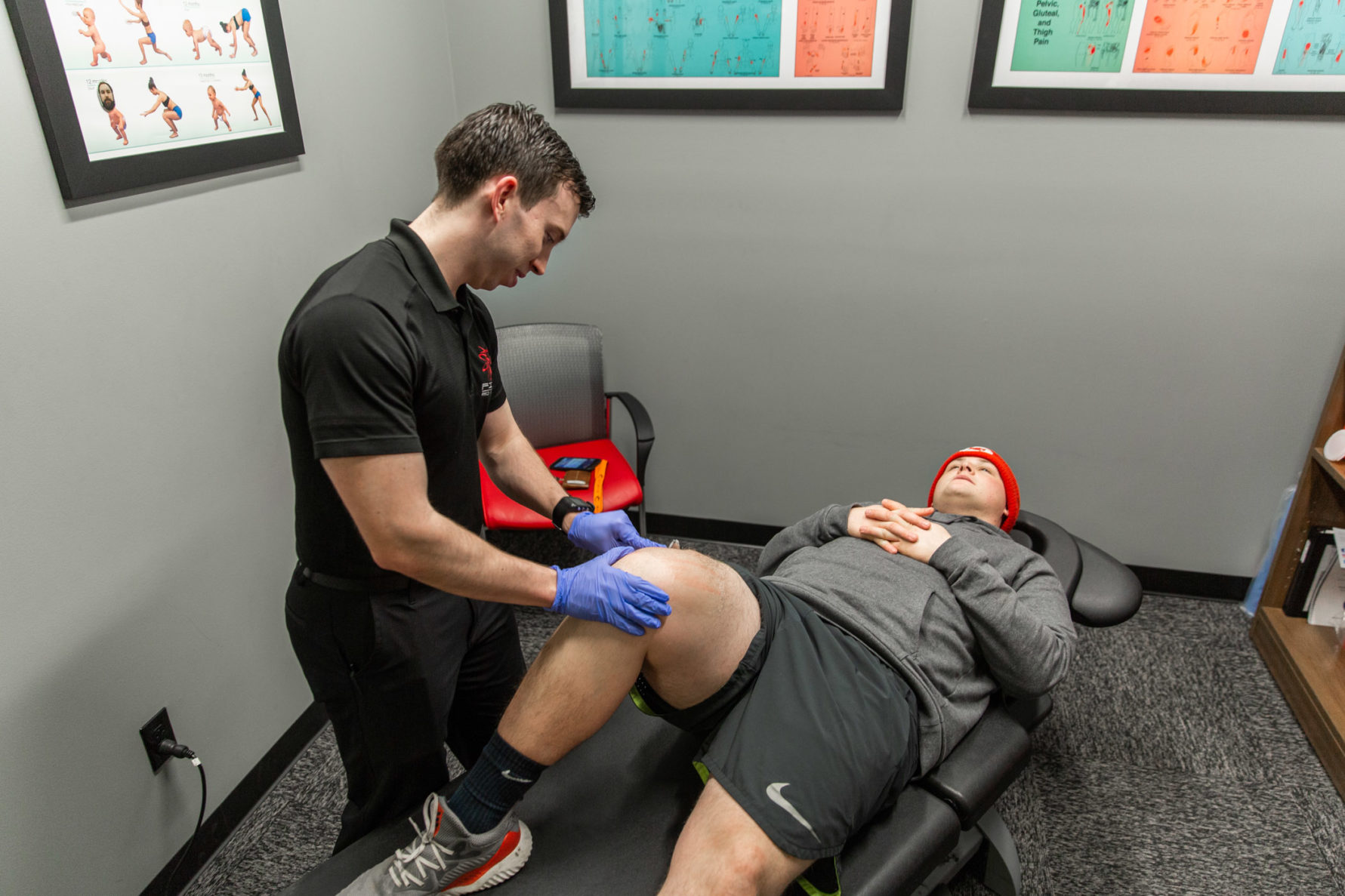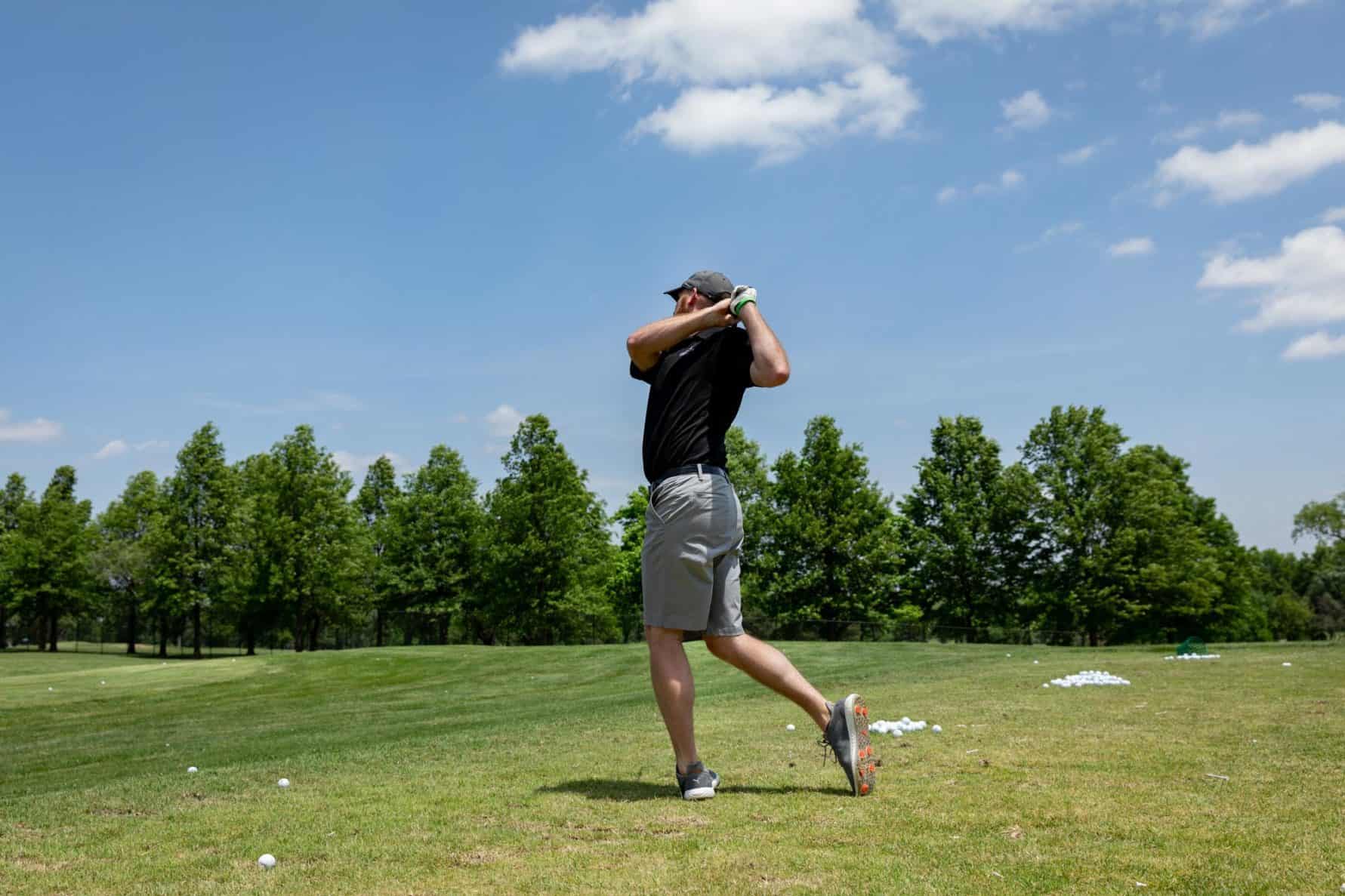
The Seesaw Approach to Optimizing Sports Performance
(guest blog by Tyler Disney, lead SSA trainer at Homefield.
In a blink, (“John and Sarah Smith’s once baby Mia is now ten years old and playing three different sports. Training is offered in these sports, so The Smith’s enroll her. She loves it! In fact, she asks to do more. The Smith’s weekly schedule is officially reliant on their daughter’s school and sports events (secretly, Mom and Dad love it too!). Congrats, they are unpaid Uber Drivers for the next six years!
Mia excels in sports over the next six years and is quickly seen and relied on as the team’s most impactful player. Eat, train, practice, play, sleep, repeat seems to be her daily routine until one day, she comes back from practice with a season ending knee injury. With no previous sign of injury, Mia finds that she has torn her ACL.
Mom and Dad are left thinking, “Where did we go wrong?”
First off, Mom and Dad, give yourself some grace. Most parents are doing what they think is best. Keep it up.
Secondly, there are between 100,000 and 200,000 ACL ruptures per year in the United States alone [1-2]. With that being said, athletes do not have to be at the mercy of injury. There are proactive steps that can be taken to reduce the risk.
As we now know, there is an inherent risk when allowing any child to play a sport. The question is, what is being done to manage it? It is difficult to know how hard to push to the proverbial limit in sports. That line of training for optimal performance versus suboptimal can neighbor one another. Overtraining-OTS (Overtraining Syndrome) is a ‘prolonged maladaptation” of several biological, neurochemical, and hormonal regulation mechanisms. Many alternative terms have been suggested, including burnout, chronic overwork, staleness, unexplained underperformance syndrome, and extreme fatigue. True OTS can be extremely detrimental, lasting as long as six months or beyond, and can potentially ruin an athletic career [5].
At the basic level, OTS is a result of an imbalance between training & recovery and often occurs with high-intensity, high-volume, and/or high-frequency training with little to no rest.
It is important to challenge the body in order to elicit training adaptations, but rest and recovery are just as important to forward progress.
So, what can a parent and athlete do?
- Monitor Performance. If output is declining for two months or more. Examples of declining output could be a decline in speed, quickness, endurance, power, and/or ability to recover within the game.
- Bio feedback. If physical soreness, body aches/pain, lethargic disposition, etc. occurs for multiple weeks, take action.
- Bodily function. Check urine color. If urine is dark/cloudy, drink more water and monitor activity.
As a parent with a full schedule, this can feel like a lot. The good news is it is not solely your responsibility to manage that workload for your child. Utilize professionals in the field of Human Performance to help you take a more proactive approach.
There are a few strategies strength and conditioning professionals can utilize to help prevent overtraining, including emphasizing and planning for ample rest and recovery. Tapering involves a scheduled decrease in volume and/or intensity of training to provide additional recovery while maintaining peak performance. This is often used prior to competition to enhance performance while decreasing the risk of overtraining. [5].
To put it simply, there are three different types of coaches in sport:
- Skills Coaches- This category of coaches draw up the X’s and O’s in which the athlete executes! (I.e., a baseball throwing coach or club volleyball head coach)
- Recovery Coaches- This includes many health professionals: Physical Therapists, Chiropractors, Massage Therapists, Nutritionists, and Dieticians.
- Performance Coaches- Often referred to as Strength and Conditioning coaches. These coaches are also tasked with much more, such as educating, providing tools, and a pathway for tactical, technical, and emotional success in sport.
Let’s make a word picture. You have a seesaw. In season, that seesaw is loaded/heaviest (activity that occurs most frequently) on the side of Skills Coach and lighter (frequency) on Performance Coach. If injury happens, insert Recovery Coach- Chiropractors and PT’s, kick Skills Coach off the seesaw, and take over until the athlete is ready to return to sport. Nutrition and sleep get to ride on both sides of the seesaw year-round…. They never stop!
As we look back at Mia’s sports schedule, let's pause while she is in her club volleyball season. She is practicing three times per week and playing in tournaments during the weekend. The demand for skills coach is very high, because of this, we do not also expect the demand for Strength and Conditioning to be high (remember that overtraining situation). Instead training two to three times per week is all she should commit to. By adding additional activity, she is far more likely to experience Overtraining Syndrome OTS.
Let’s say Mia is in season and she rolls her ankle. Both Skills and Performance Coaches are temporarily taken off the seesaw and now we insert recovery coach. Once the recovery coach (Physical Therapist) clears Mia to return to sport, Skills coach and Performance Coach then get back on the seesaw. An over simplified analogy, but one that is vital to adhere to for your child’s health and performance.
Keep your kids active! Evidence shows that regular physical activity is not only positively affecting our youth’s physiology, but it is also positively associated with self-perception, self-efficacy, self-esteem, and confidence in typically developing children [4]. Enroll them in multiple sports. Expose them to different athletic scenarios and allow them to problem solve. Allow them to train movement patterns in the weight room. Kids are more resilient than we know, however, risk of Overtraining and injury is prevalent when exposing them to sport. Monitor their performance, bio feedback, and bodily functions, and lastly, use human performance professionals for guidance through their young sports career. Let’s work together to optimize their overall health and performance!
References
- Gordon MD, Steiner ME. Anterior cruciate ligament injuries. In: Orthopedic Knowledge Update Sports Medicine III, Garrick JG (Ed), American Academy of Orthopedic Surgeons, Rosemont 2004. p.169.
- Albright JC, Carpenter JE, Graf BK, et al. Knee and leg: soft tissue trauma. In: Orthopedic Knowledge Update 6, Beaty JH (Ed), American Academy of Orthopedic Surgeons, Rosemont 1999. p.533.
- Meeusen R, Duclos M, Gleeson M, Rietjens G, Steinacker J, Urhausen A. Prevention, diagnosis and treatment of the overtraining syndrome: ECSS Position Statement “Task Force” Eur J Sport Sci. 2006;6(1):1–14. [Google Scholar]
- Ahn S., Fedewa A.L. A meta-analysis of the relationship between children’s physical activity and mental health. J. Pediatr. Psychol. 2011;36(4):385–397. [PubMed] [Google Scholar]
- Haff, G, & Triplett, N. Essentials of Strength Training and Conditioning, 4th edition. Pg 107-111, 129-130, 572.


